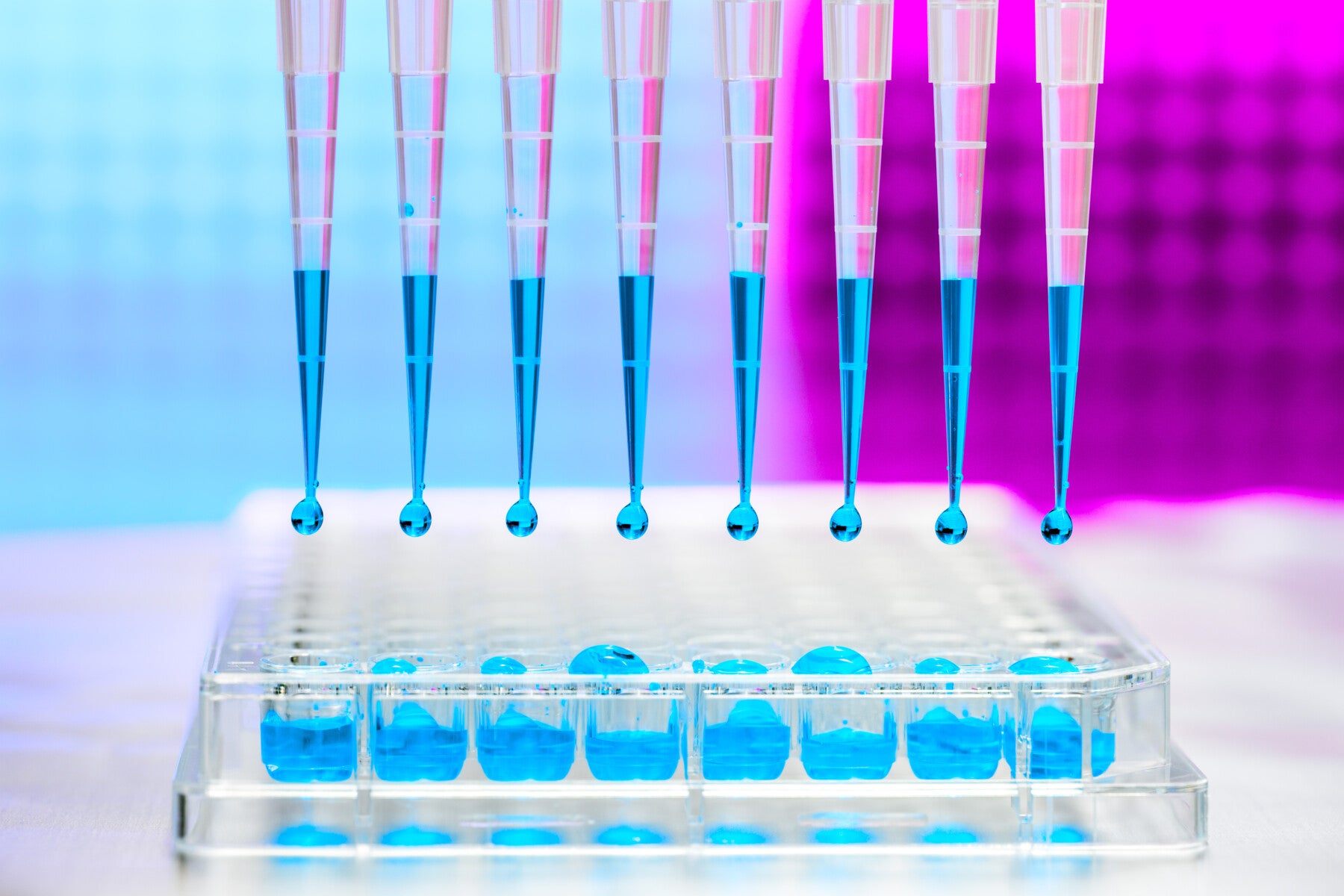
SEOUL—South Korea’s Ministry of Environment introduced its “2030 Chemical Safety and Animal Welfare vision” last month with the aim of vastly increasing the use of non-animal test methods in what animal protection NGO Humane Society International/Korea welcomes as a leap forward for both animals and humane science. The Ministry’s new vision calls for increased acceptance of non-animal methods with a goal of more than 60% of data use for chemical assessment by 2030 to be using non-animal methods. The new vision emerged from a task force created earlier this year by the Ministry. This task force comprised government officials as well as representatives from HSI/Korea, chemical consulting companies, toxicology institutes and testing companies.
Borami Seo, HSI/Korea’s interim executive director and senior policy manager, says: “Chemical testing is one of the main drivers of animal use in Korea even though more modern methods are available that don’t use animals and are more accurate and real-world predictive for people. We applaud the Ministry of Environment for its leadership in laying out an ambitious vision for both chemical safety and animal welfare, a doubly valuable proposition. We hope that Korean chemical manufacturers and testing facilities will embrace this vision to make it a reality.”
South Korea’s chemical laws—the Act on the Registration and Evaluation of Chemicals (known as Korea REACH) and Korea Chemical Products and Biocides Safety Act—were amended in 2018 and 2020, respectively, to include clauses for the adoption of alternatives to animal tests. However, momentum from government and local industry has been lacking. HSI/Korea, which works with both policy makers and industry to advance the replacement of animals in science, hopes the introduction of MOE’s Animal Welfare Vision will provide renewed impetus for change.
Professor Seung Min Oh at Hoseo University, who led the Ministry’s roadmap project to promote alternatives and the task force discussion, said, “The importance of cost and time-effective predictive toxicity assessment is increasing in producing chemical information. As well as alternative methods, we need more trained experts to handle non-test approaches such as adverse outcome pathways and read-across toxicity predictions. The Ministry of Environment’s vision will help provide support for these areas and is an important step to advance alternative approaches to animal testing in South Korea.”
The Ministry’s vision aims to increase acceptance of chemical assessment data produced using non-animal methods by more than 60% by:
- Recruiting more people qualified to interpret data produced using non-animal methods, establishing a new team with staff members to handle tasks focusing on non-animal methods.
- Adopting a new definition of alternatives to animal testing meaning specifically non-animal test methods or non-animal approaches. Traditionally, the term ‘alternatives’ has included those methods that reduce the number of animals used or refine their suffering, but still involve the use of live animals. This new definition will help move the focus away from the refinement of animal procedures and towards the replacement of animals.
- Ensuring the prioritization of using non-animal methods for data produced by government funds. Many chemical companies lack the capacity to conduct their own tests, so government laboratories do so. Increasing the uptake of non-animal tests by government-funded labs will hopefully influence larger and better-resourced chemical companies to follow suit.
- Providing support to establish infrastructure for testing companies certified with Good Laboratory Practice.
Link to the Ministry of Environment’s online introduction to the 2030 Chemical Safety and Animal Welfare Vision (Korean): https://www.youtube.com/watch?v=5r2VrPX_iIM
